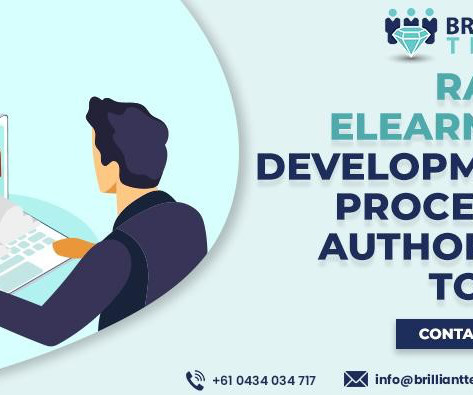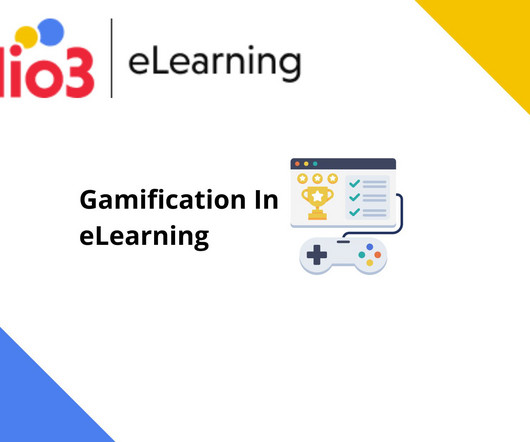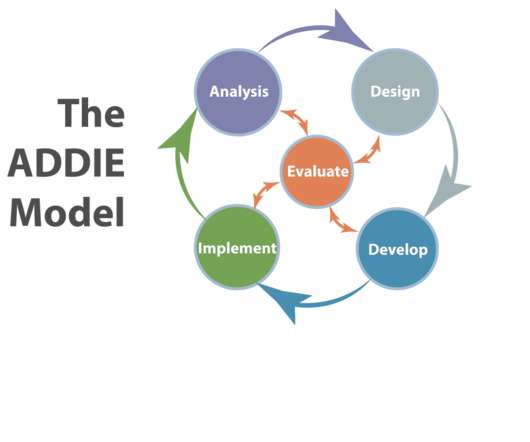How to Structure a Custom eLearning Course
Thinkdom
NOVEMBER 14, 2023
Imagine your learners, each with their unique learning styles and schedules, jumping into the world of flexible, convenient learning. You've got to plan, design, develop, and evaluate to ensure your course hits the bullseye of your learners' needs and objectives. This model ensures thoroughness and accuracy. ,































Let's personalize your content